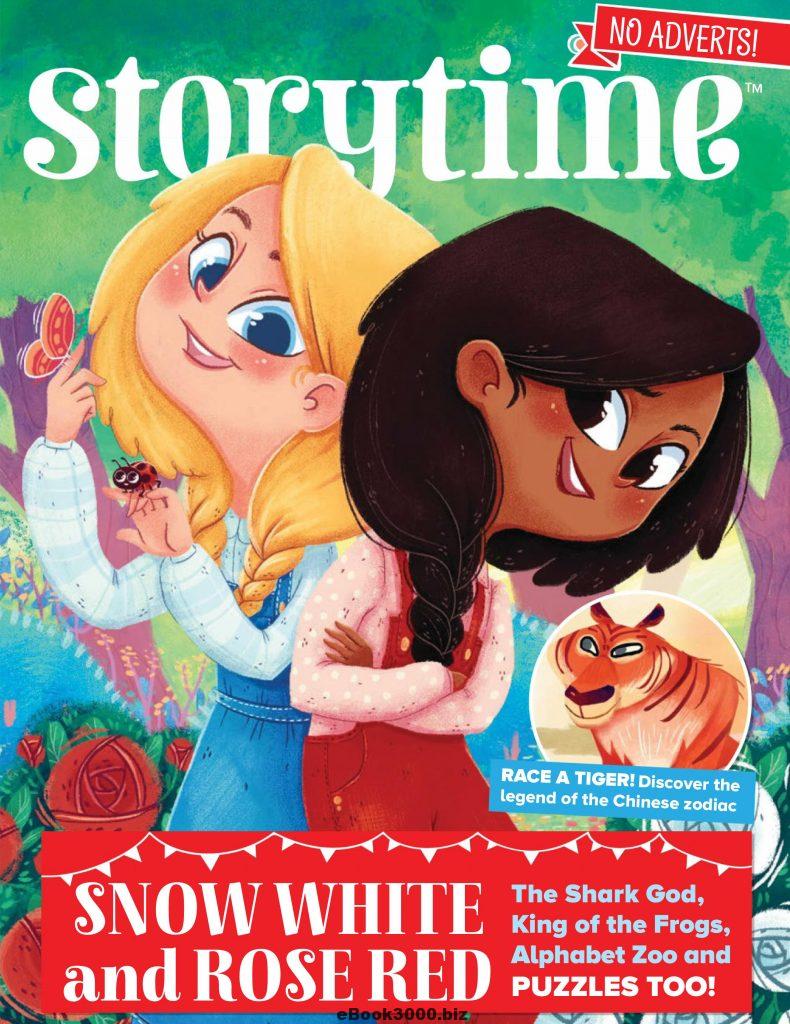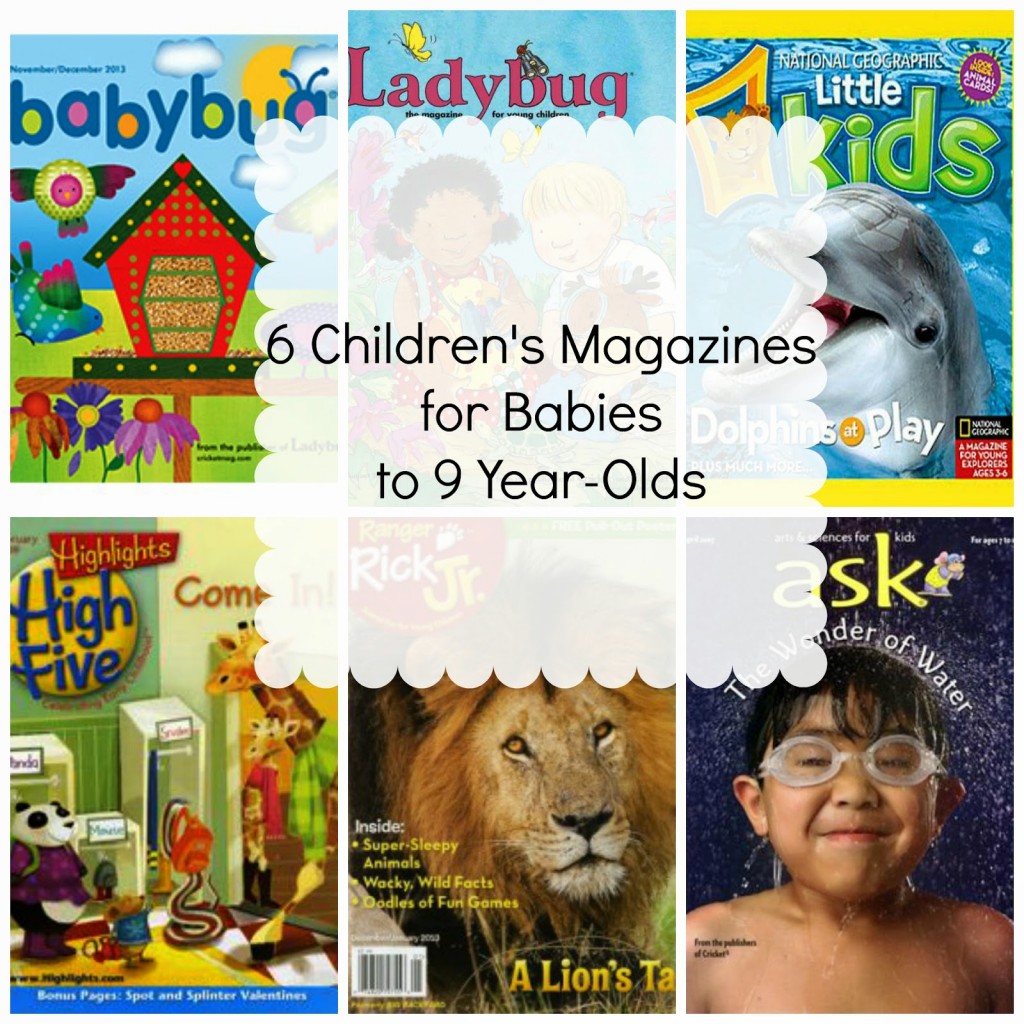Disclaimer: We were sent copies of Storytime Magazine for the purpose of this review, however as always, all opinions expressed are my own.

Two years ago, I was introduced to Storytime Magazine and wrote a review here on the blog. I’m pleased to share Storytime Magazine has managed to stick to their strict rule of not including any advertisements or plastic toys. It’s still the same quality, thought-provoking and entertaining content they had since their initial publication!
Storytime Magazine is one of the UK’s biggest subscription magazines for kids of all ages which is also available to subscribers worldwide. It’s packed with fairy tales, new stories, funny poems, myths & legends, gorgeous illustrations, puzzles, games and much more!
Every issue of Storytime features classic, new and much-loved stories with beautiful original illustrations, plus storytelling tips and activities to help you bring our stories to life. You can read our stories out loud to your children or, as they get older or grow more confident, you can encourage them to read to you, depending on their reading level.
I’m pleased with the amount of diversity featured in many of their magazines. Although you will find some classic stories and fairy tales like Mother Goose, they also offer tales from around the world like Zuleika’s Gift featuring a little girl from Saudia Arabia. Issue 46 also has a mythical story called The Eight-Headed Dragon which takes place in Japan. Issue 42 has a beautiful African (Zulu) story about a woman named Manzandaba ho was married to a man named Zenzele. There are even sidenotes that explain some vocabulary words and provide additional background information. For example, it tells you how to say the phrase ‘Once upon a time’ the Zulu way which is ‘Kwasuka sukela’.
Just like reading books, magazines play an important role in improving childhood literacy. Experts now agree that including them in the reading mix, alongside books, is crucial – especially for those children who feel overwhelmed when facing a whole book. Each issue of Storytime Magazine is like getting seven brilliant books in one! Every month you get six magical stories for kids plus one or two poems, all beautifully illustrated on high quality, glossy paper.
Storytime Magazine also offers FREE printable downloads – masks, fingers puppets, recipes and games – to use in conjunction with the magazine and in school lessons. Simply go to their website and download the printable templates to use with your little readers. We enjoyed designing and decorating our own sandcastles using the Sandcastle Challenge Sheet (issue 48) and playing the Help a Hen game (issue 47).
It’s also worth mentioning that although this magazine is made for children of all ages, I think it’s best suited to be read aloud with children during story time. That’s especially true for younger readers between ages birth to 6 years. Although the stories are great, each one takes up at least 3-6 pages in the magazine, depending on the story. As children get older and learn to read, they will be able to read the magazine on their own without much assistance. We like to read this magazine a little at a time over the course of a few days. Some days we’ll read some of the stories or poems and other days we’ll do one of the activities. I find it’s a nice way to mix it up and enjoy it without trying to read the whole thing in one or two sittings.
Is there a discount?
Storytime Magazine is currently offering Here Wee Read readers and subscribers worldwide a 10 % discount off their annual price for 12 issues. There is also an option to just order 4 of their most recent issues. Click here for the discount and to see their different pricing options based on your region.
Connect with Storytime Magazine!
Website | Facebook | Twitter | Pinterest
Your turn: Have you read this magazine with your little readers yet? If not, are you excited to check it out? Feel free to share in the comments.

